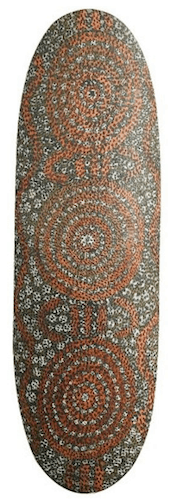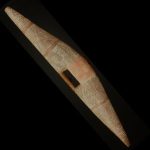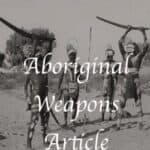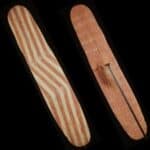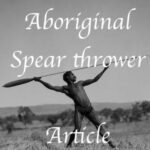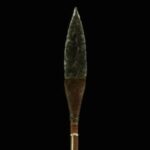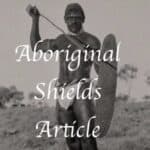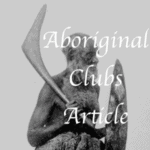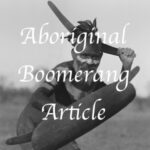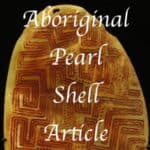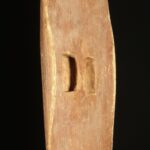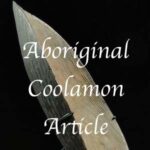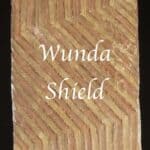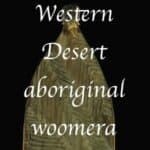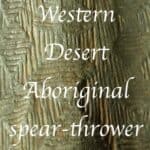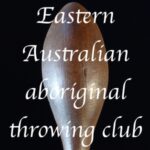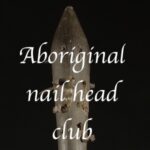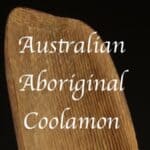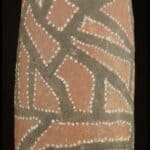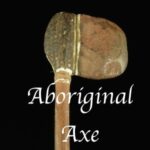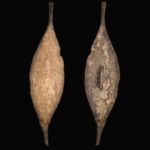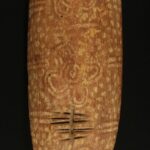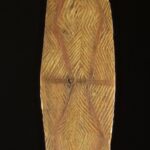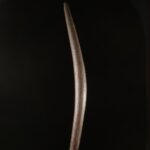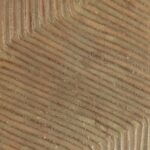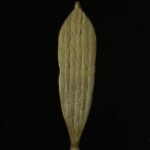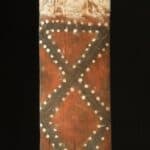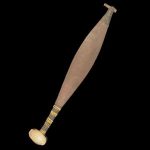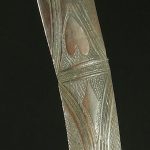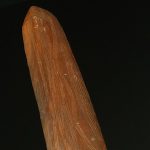Aboriginal Shield
Aboriginal Shield
Australian Aboriginal shield come in many different forms depending on the tribe that made them and their function. Aboriginal shields come in 2 main types, Broad shields, and Parrying shields. Parrying shields parry blows from a club whereas broad shields block spears. Shields for parrying are thick strong and narrow whereas broad shields are wide but thin. Aboriginal shields were made from different materials in different areas, they were made from buttress root, mulga wood and bark.
I BUY OLD ABORIGINAL SHIELDS
The value of an aboriginal shield depends on the quality of the shield, the age, artistic beauty, and rarity. As a rule of thumb, the shields from the areas of earliest contact such as New South Wales tend to be the less common. Rare shields from Eastern Australia are more collectible than those from Western Australia. Most good shields end up in the hands of lovers of tribal art and not weapons collectors.
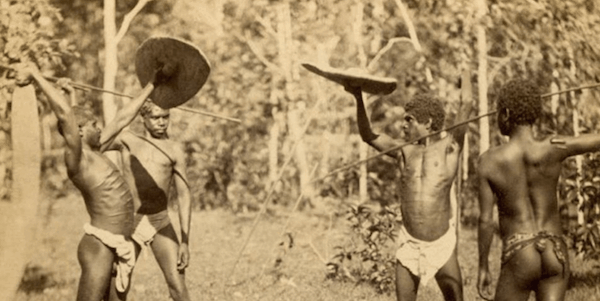
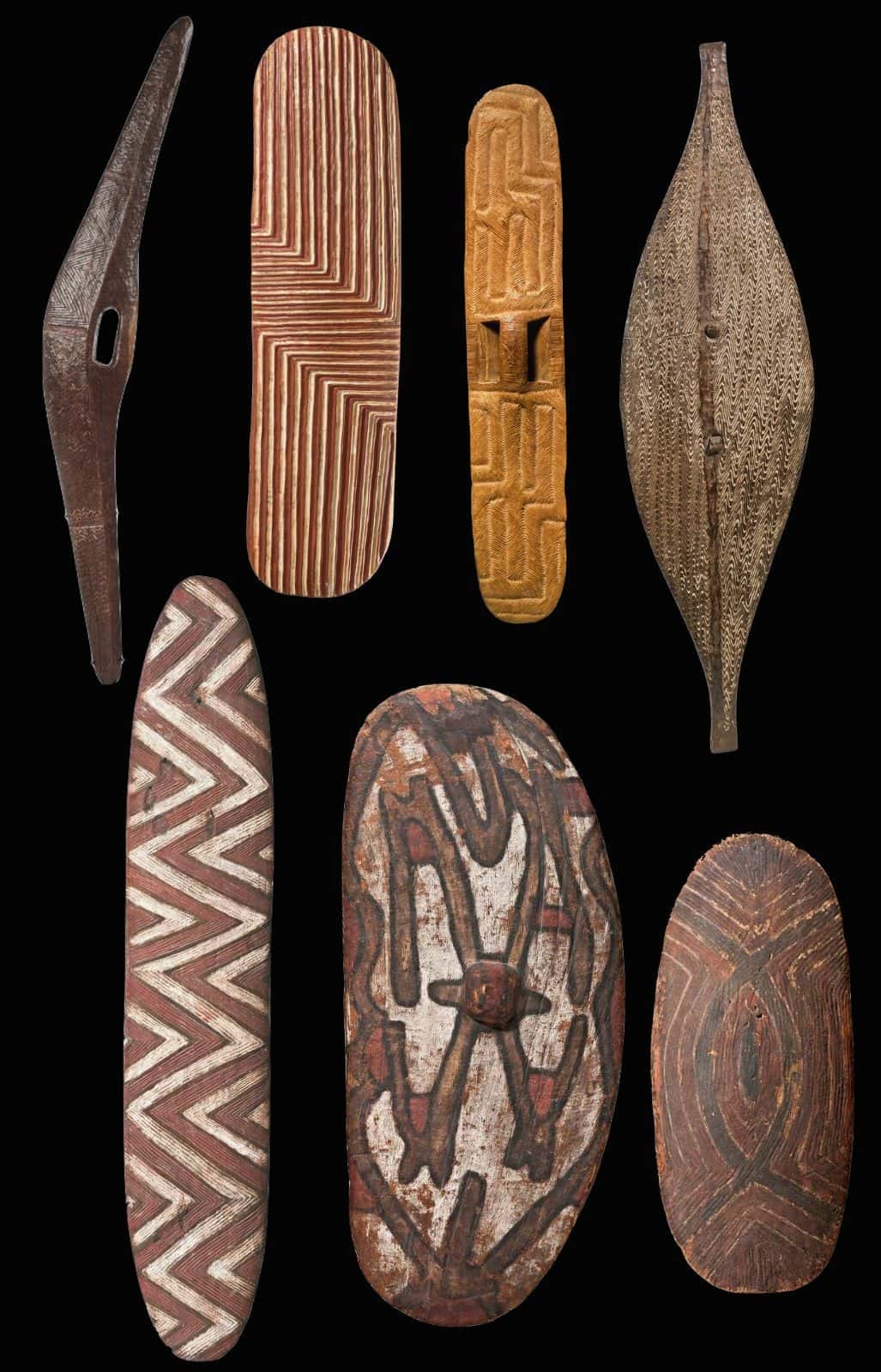
Aboriginal Shield Types
South East Australia shields
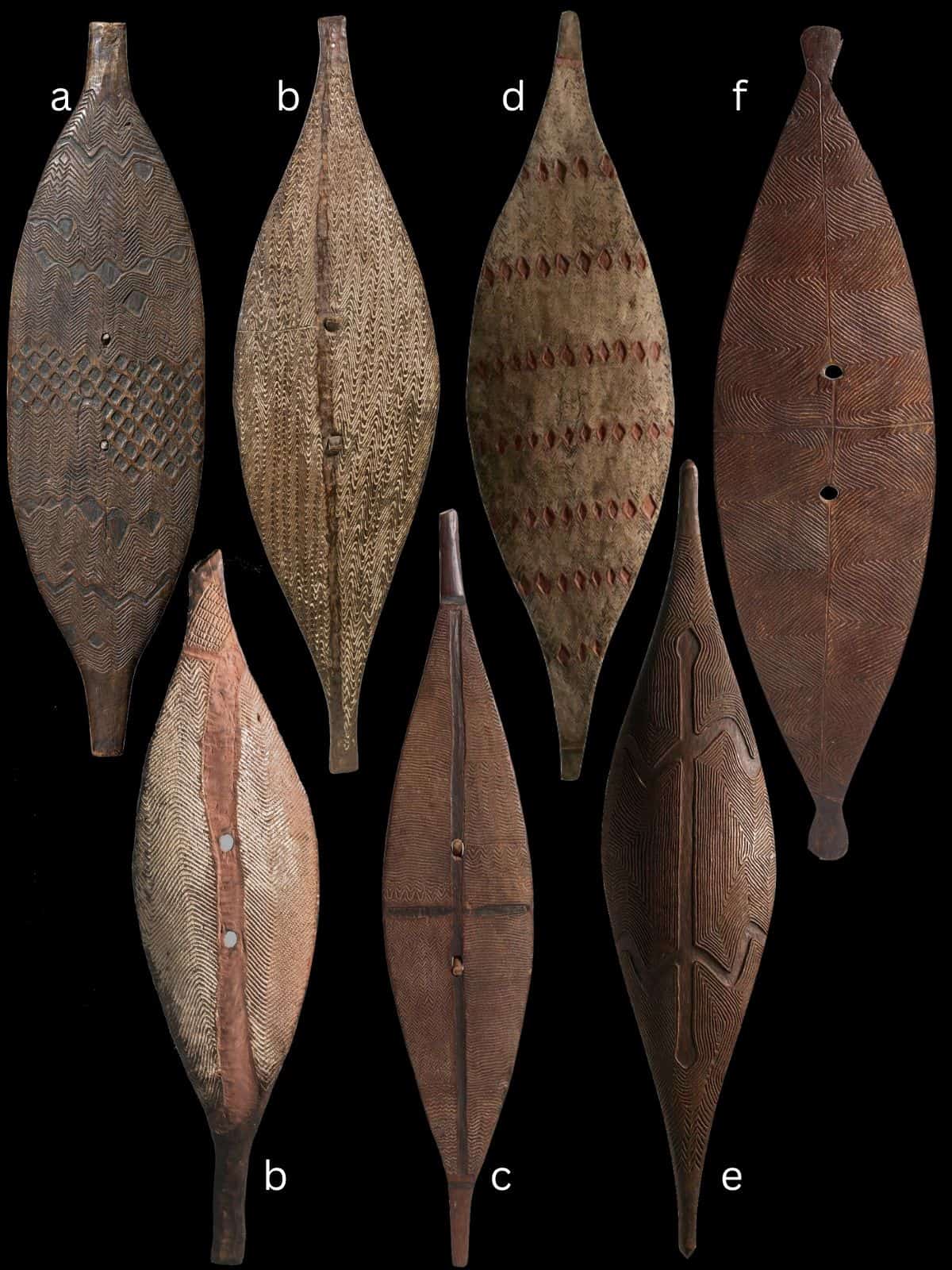
South East Australian Broad Shield
South East Australian Broad shields are the most collectible of all traditional Aboriginal artifacts. They have a very distinctive reversed hour glass shape. The handles are not made from wood and can quite often become lost.
These shields are often covered in incised designs. Designs are a diamond figure set in a field of herringbone, and parallel chevron and diagonal flutings. The patterns are usually symmetrical.
Most examples of these shields are 19th century with very few later examples.
The surface of many shields, especially those of the Murray River, are divided into panels. Panels are separated by plain longitudinal stripe.
a: Darling River
b: Lower Murray River
c: Albury NSW
d: Victoria
e: Namoi River
f: NSW
Measure 84cm – 93cm
South East Australian Parrying Shields
Parrying shields should be strong enough to deflect the blow of a hardwood club.
Constructed from heavy hardwood, the prettier the designs on the front the better. The shape and aesthetic form are important.
Almost all South east Australian Parrying shields were collected during the colonial period.
Shields shown opposite vary in length from 72cm – 92cm
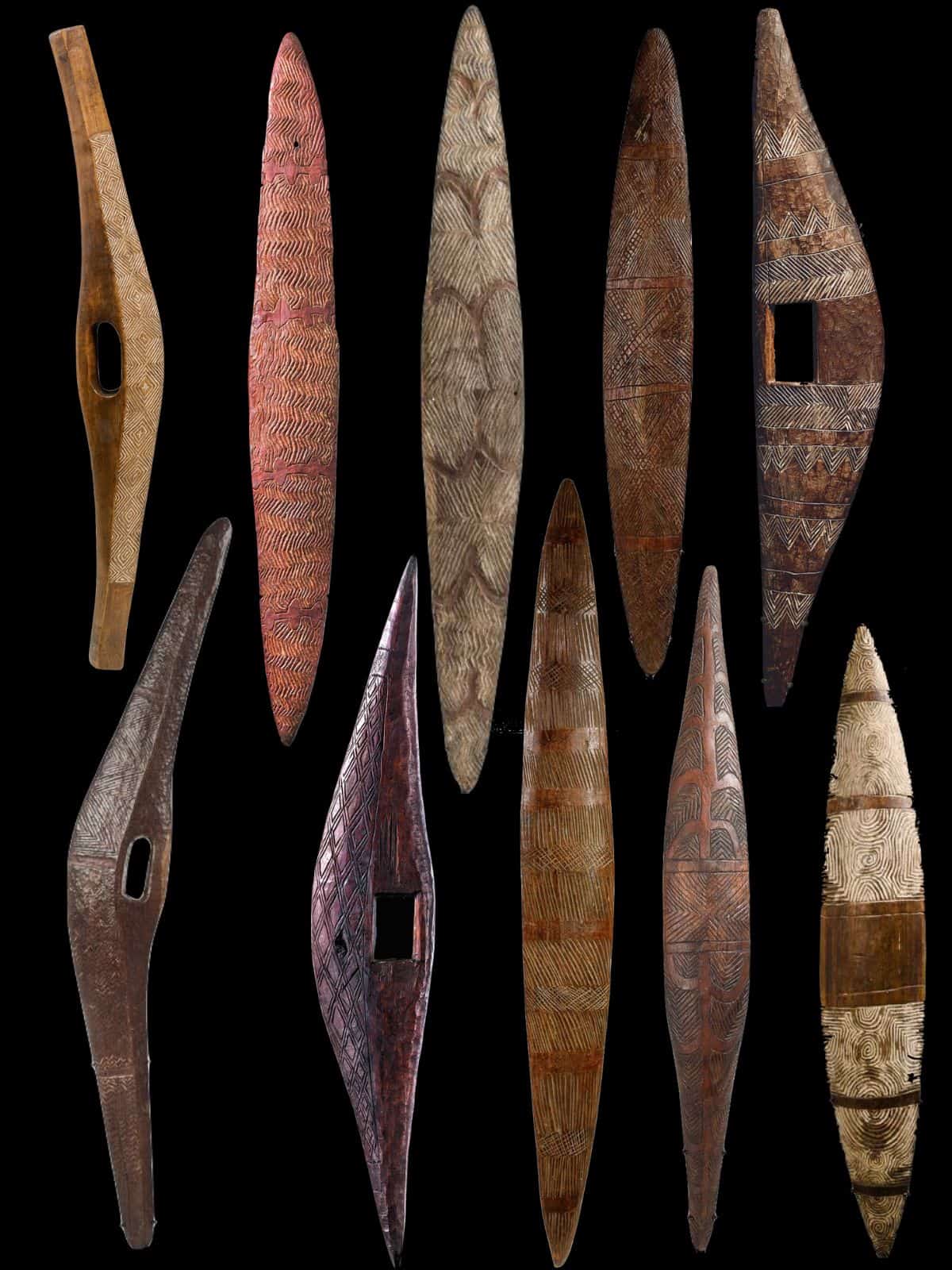
Northern New South Wales and Southern Queensland shields
Gulmari Shields
Gulmari shields come from Southern Queensland and Northern New South Wales. Made from softwood they are crudely painted but otherwise undecorated. These shields tend to be valuable because they are rare, rather than their artistic merit. Some do have some cross-hatching and incision on the front.
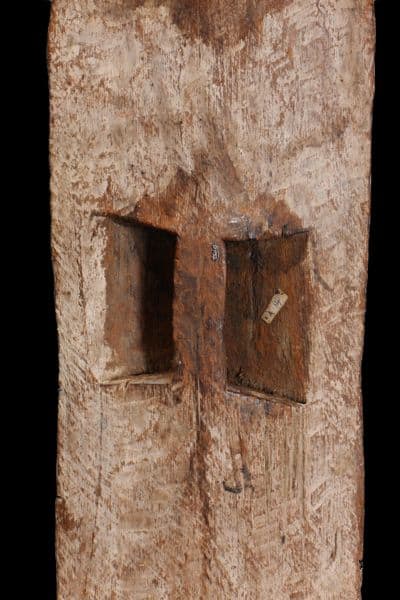
Handles are carved in leaving back reasonably flat
Left: examples ranging in length from 45 cm – 64cm
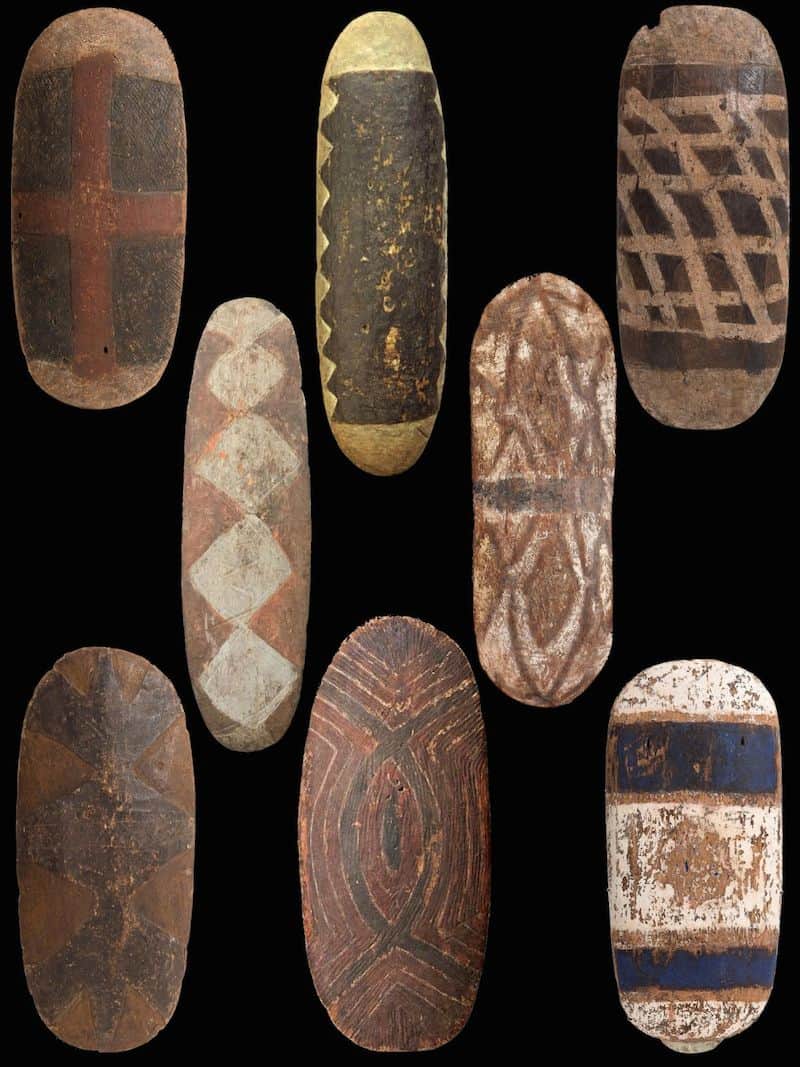
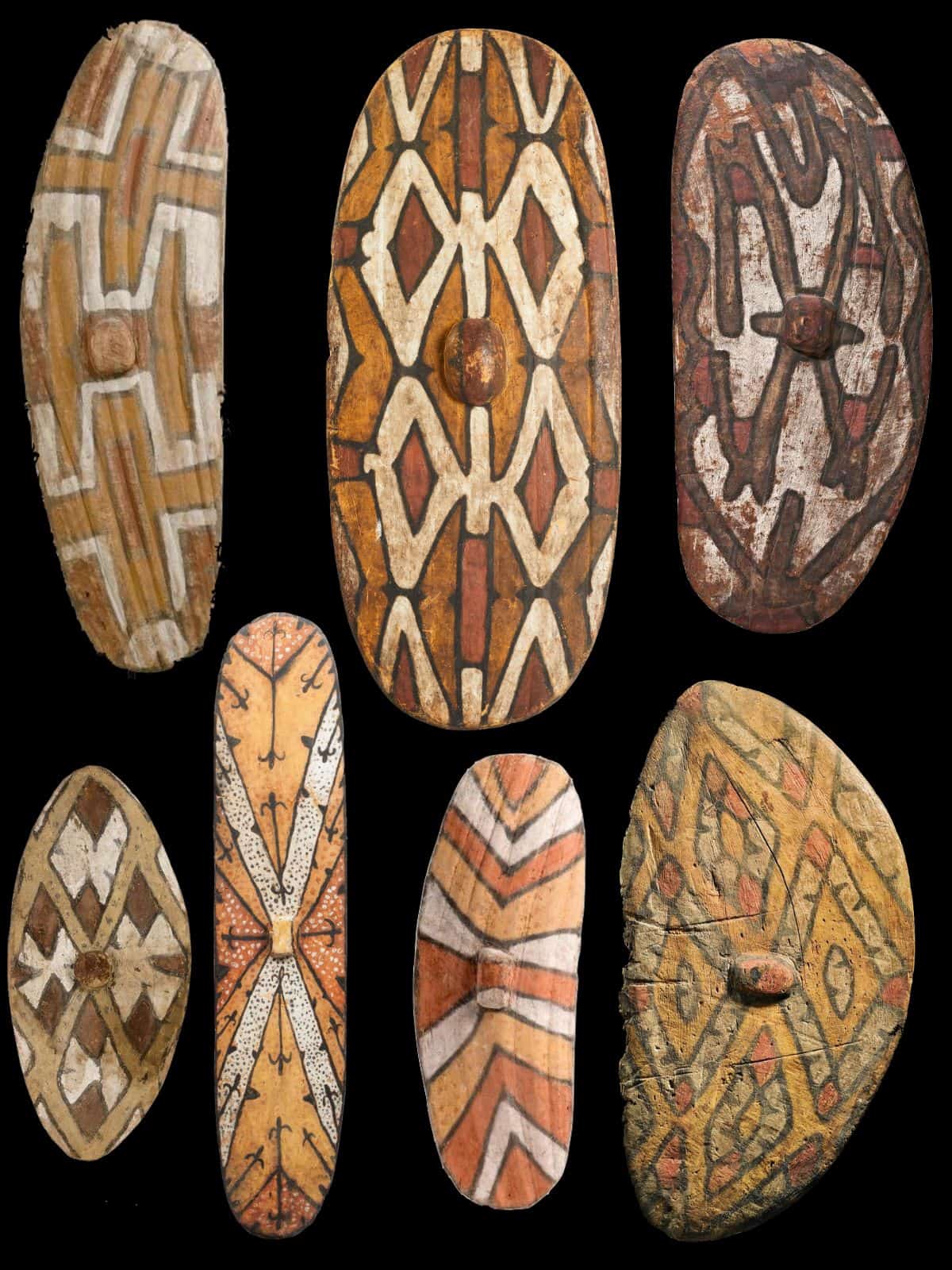
Queensland Rainforest Shield
Rainforest shield come from Northern Queensland. Amongst the most beautiful of all the aboriginal shields the rainforest shield is also sort after by collectors.
The Old shields tend to be larger and have the handle ridge extending from top to bottom. Later shields are smaller and often have less attractive designs.
Rainforest shields are made from the buttress roots of large rainforest trees.
Kimberley shields
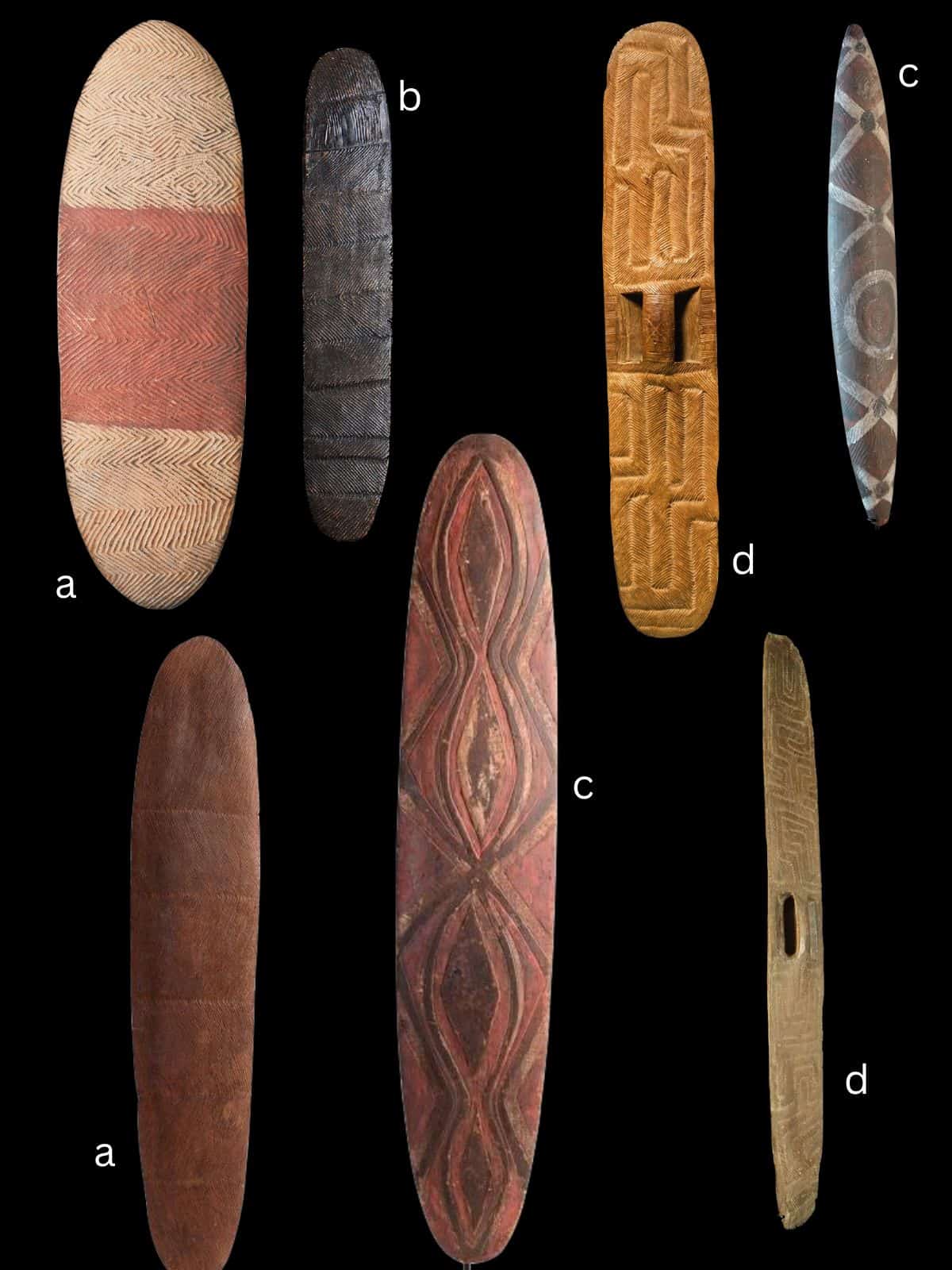
Bardi Shields
Bardi shields were used by the Bardi people for defence against thrown boomerangs. The Bardi people live on the Dampier Peninsula. They are oval in shape and often very finely carved on the face of the shield and painted in pipe clay and red ochre.
Parrying shields
Kimberley parrying shields were used for defence against clubs in close-quarters combat. Most are not incised and narrow. These not incised types sometimes are decorated with simple stripes. When they are incised it is normally with a zigzag motif
Ceremonial shields
Ceremonial shields are rare because they were quite often abandoned after a ceremony having served their purpose. They are made of a lighted softer easier to carve wood but elaborately painted
a) Bardi Shield
b) Parrying Shield
c) Ceremonial Shield
d) La Grange shield
Measure 63cm -124cm
La Grange Shields
La grange shields come from the Kimberley region of Western Australia. The shields tend to be flat in profile with the front left blank or covered in parallel grooves. The reverse carved in an interlocking key design called la grange design. Older shields tend to have larger handles.
Later shields have smaller shallower handles and do not fit comfortably in the hand. Designs on earlier shields tend to be more precise and perfect. The grooves should be continuous and not fade out where the groove angle changes. The better the design, the more collectible. Early shields often have a blank front.
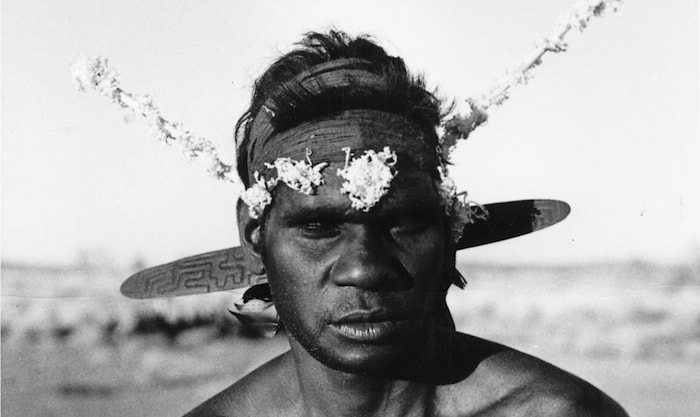
Designs on la grange shields are like those found on Hair Pins and other ceremonial objects
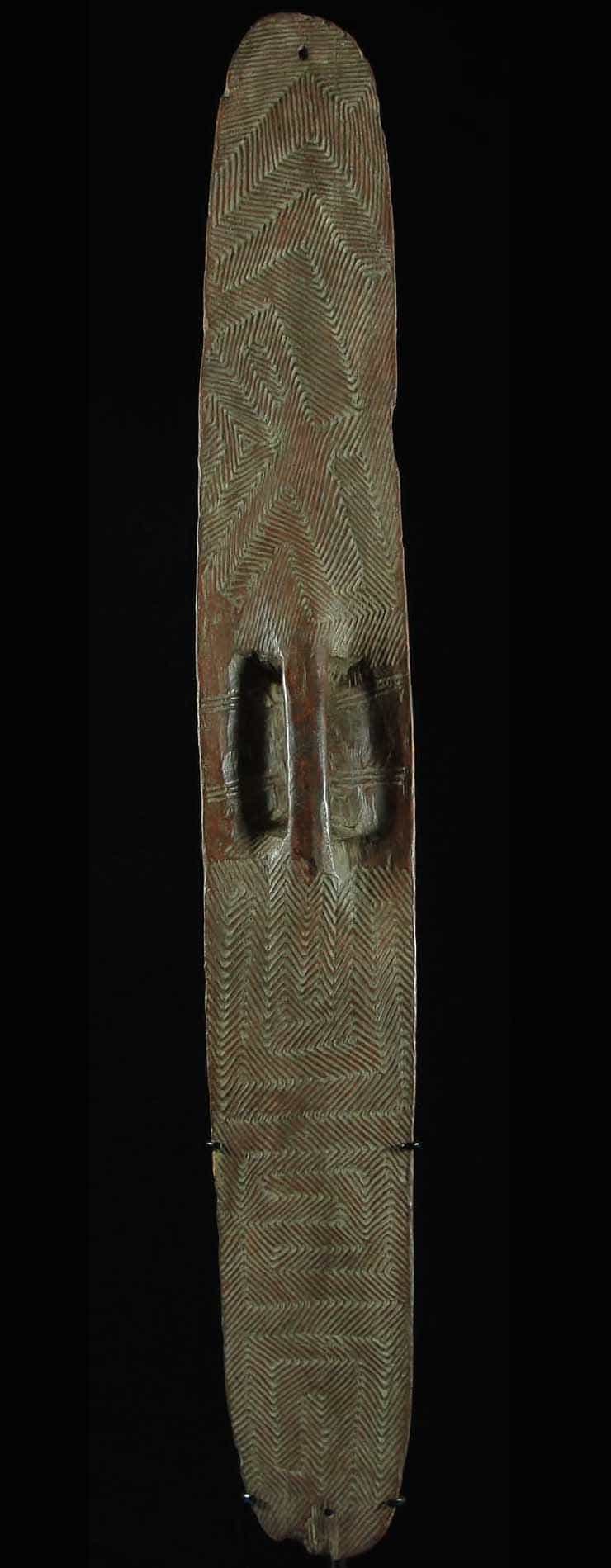
Bardi Shields
Bardi shields come from the Bardi aboriginals of Western Australia. The Bardi themselves call the shield “marrga”. They live in an area North of Broome and parts of the Dampier Peninsula. Bardi shields serve to ward of boomerangs, the principle offensive weapon in this region. Shields are thick and have an inset handle. They often have incised designs on the front and back and painted in ochre and clay.
Bardi Shields were predominantly used to deflect Boomerangs.
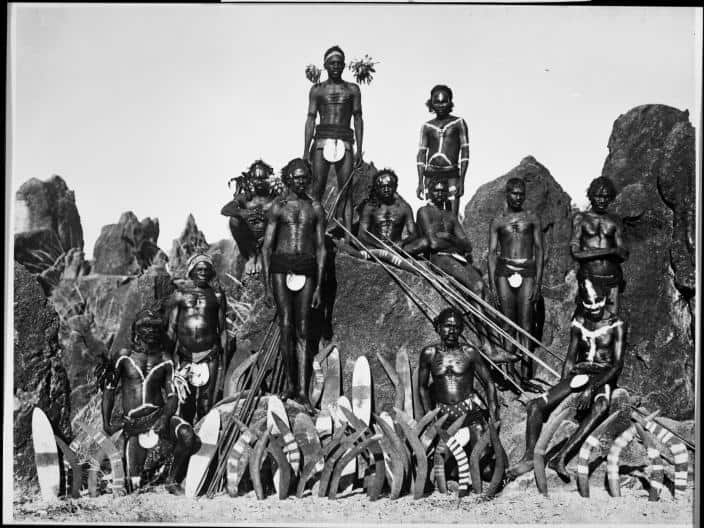
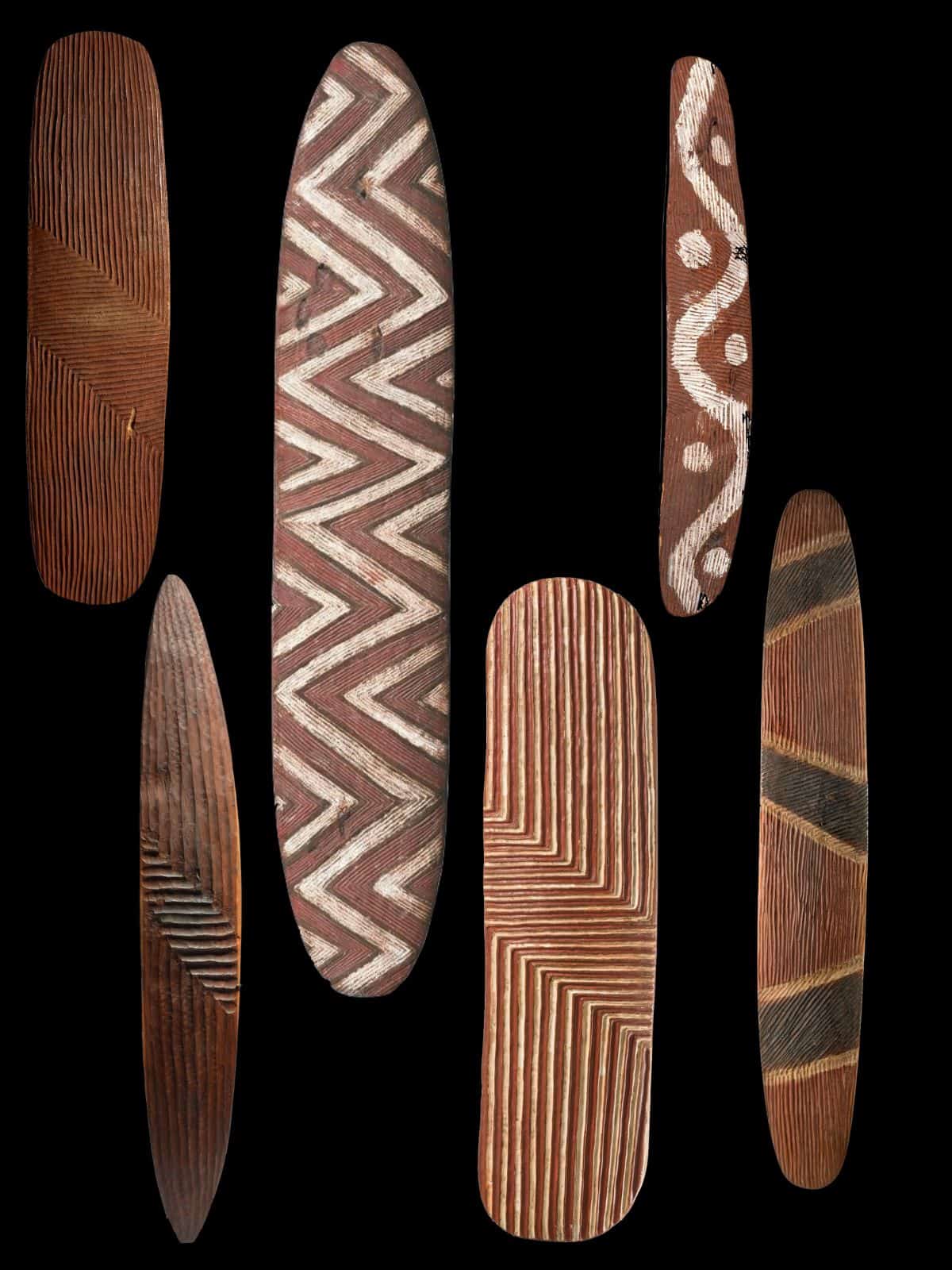
Wanda Shield / Wunda shield
Wanda shields come from the desert regions of Western Australia. Good old Wanda shields should be very thin and have a curved profile. The better ones tend to be symmetrical with the top half being the same size as the lower half. Asymmetric shields are often a result of damage. Damaged shields were often indigenously reworked, by removing the damaged.
The handle on the reverse should be large enough for the hand to fit through. There are more Wanda shields on the market made for sale to tourists than old originals. Old used examples are far more valued by a collector. There are two main Forms. A more common form with one z shape motif on the front and a less common form with many Z shapes.
Wanda shields were used to deflect spears thrown with a Woomera.
Measure 66cm – 135cm
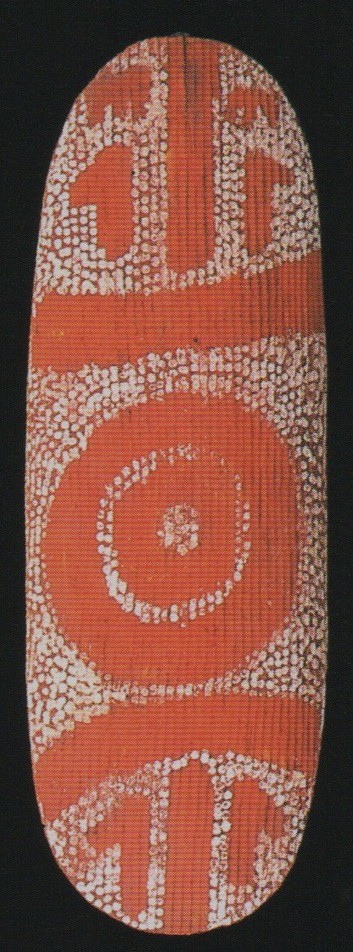
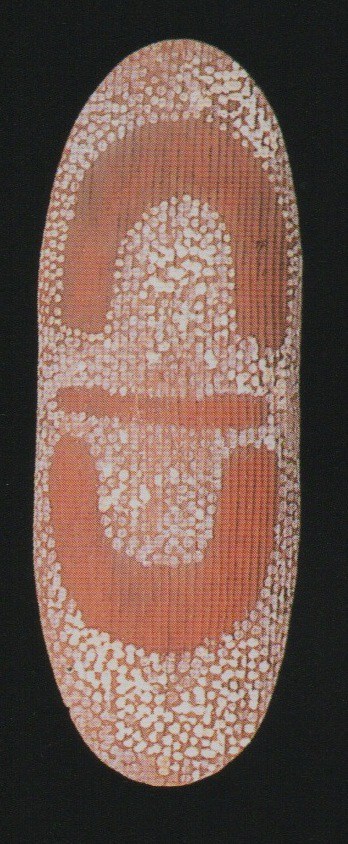
Central Desert Aboriginal Shields
Aboriginal shield from the central desert are also called Bean wood Shields. They are amongst the most common and least sort after aboriginal shield. The exception is when they still have ceremonial ochres, pipe clay, and feather designs.
Old shields tend to have edges that tend to curve backward and then almost face back towards the handle.
In fighting, they were used in defense against an opponent with spear and spear thrower
Painted Shields
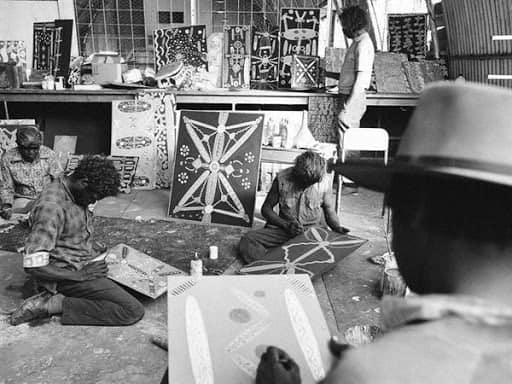
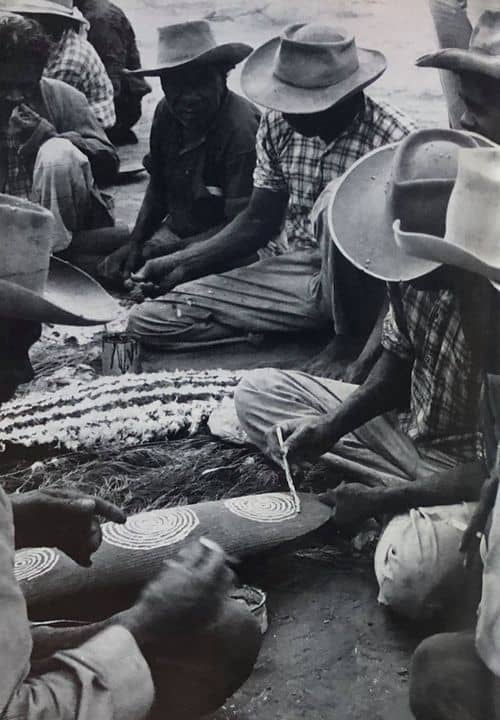
All images in this article are for educational purposes only.
This site may contain copyrighted material the use of which was not specified by the copyright owner.


